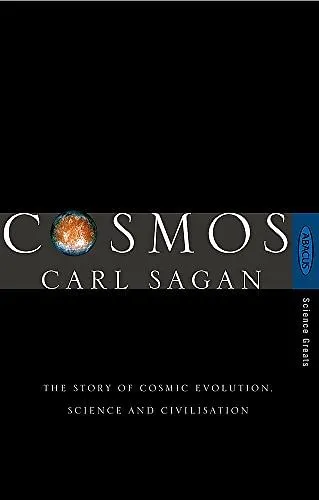We have loved the stars too fondly to be fearful of the night.
Tombstone epitaph of two amateur astronomers
The rising and falling of the surf is produced in part by tides. The Moon and the Sun are far away. But their gravitational influence is very real and noticeable back here on Earth. The beach reminds us of space. Fine sand grains, all more or less uniform in size, have been produced from larger rocks through ages of jostling and rubbing, abrasion and erosion, again driven through waves and weather by the distant Moon and Sun. The beach also reminds us of time. The world is much older than the human species.
A handful of sand contains about 10,000 grains, more than the number of stars we can see with the naked eye on a clear night. But the number of stars we can see is only the tiniest fraction of the number of stars that are. What we see at night is the merest smattering of the nearest stars.
Meanwhile the Cosmos is rich beyond measure: the total number of stars in the universe is greater than all the grains of sand on all the beaches of the planet Earth.
Despite the efforts of ancient astronomers and astrologers to put pictures in the skies, a constellation is nothing more than an arbitrary grouping of stars, composed of intrinsically dim stars that seem to us bright because they are nearby, and intrinsically brighter stars that are somewhat more distant.
All places on Earth are, to high precision, the same distance from any star. This is why the star patterns in a given constellation do not change as we go from, say, Soviet Central Asia to the American Midwest. Astronomically, the U.S.S.R. and the United States are the same place.
The stars in any constellation are all so far away that we cannot recognise them as a three-dimensional configuration as long as we are tied to Earth. The average distance between the stars is a few light-years, a light-year being, we remember, about ten trillion kilometres.
For the patterns of the constellations to change, we must travel over distances comparable to those that separate the stars; we must venture across the light-years. Then some nearby stars will seem to move out of the constellation, others will enter it, and its configuration will alter dramatically.
Our technology is, so far, utterly incapable of such grand interstellar voyages, at least in reasonable transit times. But our computers can be taught the three-dimensional positions of all the nearby stars, and we can ask to be taken on a little trip—a circumnavigation of the collection of bright stars that constitute the Big Dipper, say—and watch the constellations change. We connect the stars in typical constellations, in the usual celestial follow-the-dots drawings.
As we change our perspective, we see their apparent shapes distort severely. The inhabitants of the planets of distant stars witness quite different constellations in their night skies than we do in ours—other Rorschach tests for other minds. Perhaps sometime in the next few centuries a spaceship from Earth will actually travel such distances at some remarkable speed and see new constellations that no human has ever viewed before—except with such a computer.
The appearance of the constellations changes not only in space but also in time; not only if we alter our position but also if we merely wait sufficiently long. Sometimes stars move together in a group or cluster; other times a single star may move very rapidly with respect to its fellows.
Eventually such stars leave an old constellation and enter a new one. Occasionally, one member of a double-star system explodes, breaking the gravitational shackles that bound its companion, which then leaps into space at its former orbital velocity, a slingshot in the sky.
In addition, stars are born, stars evolve, and stars die. If we wait long enough, new stars appear and old stars vanish. The patterns in the sky slowly melt and alter.
Excerpt From: Carl Sagan. “Cosmos.”







